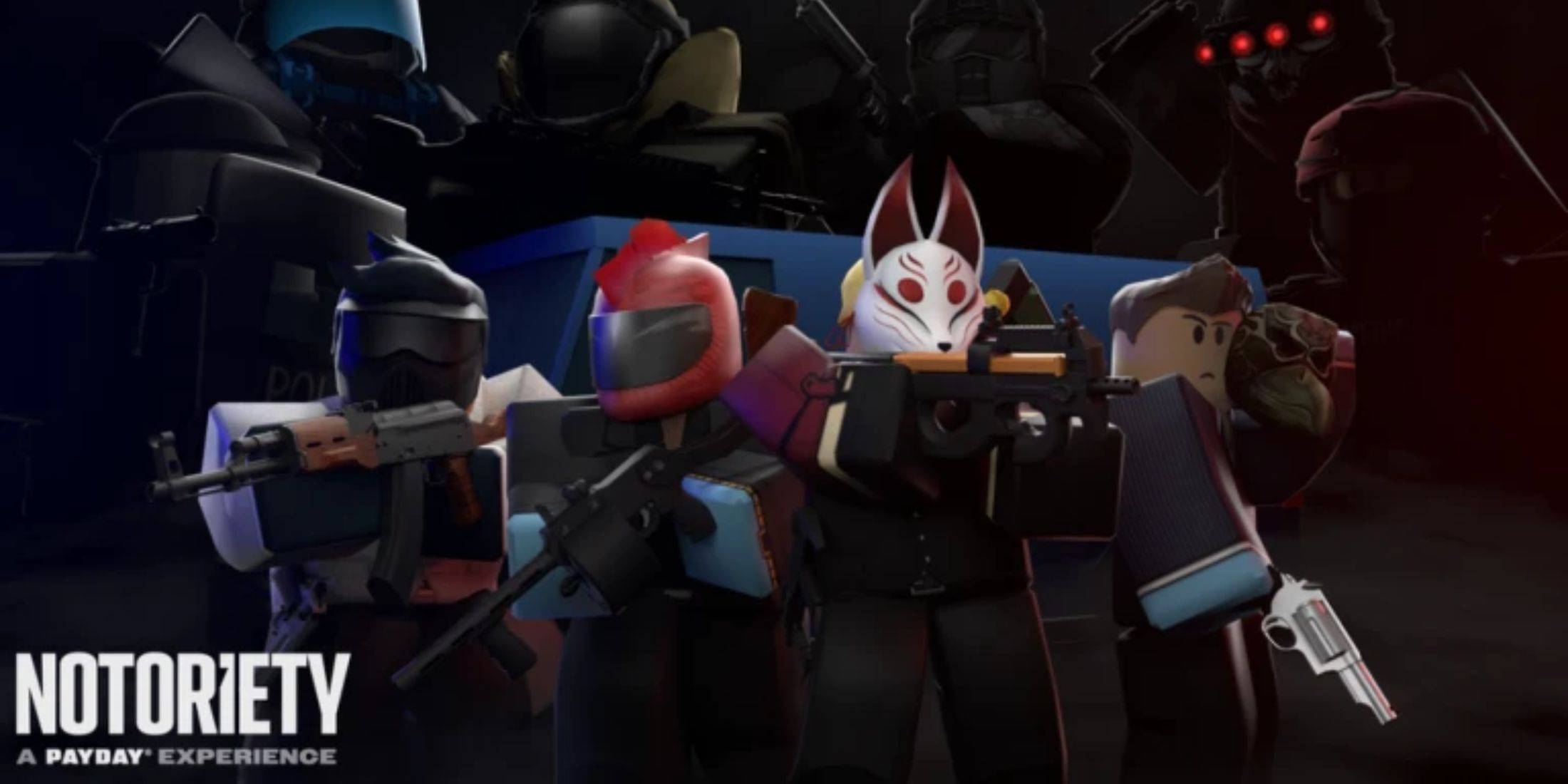Frank Miller's Comeback to Daredevil in Born Again
The mid-1980s marked a prosperous period for Marvel Comics, both creatively and financially. Having weathered the economic storms of the late 1970s, buoyed by the success of Star Wars, Marvel was poised to revolutionize the comic book industry with the release of Secret Wars in 1984. This series not only altered the Marvel Universe but also set a new standard for the industry. The impact of Secret Wars was profound, steering Marvel's heroes and villains onto fresh paths that would resonate for years.
This era also saw the publication of several landmark stories, including Frank Miller's Born Again arc in Daredevil, the resurrection of Jean Grey in X-Factor, and Walt Simonson's Surtur Saga in Thor. In this article, we delve into these pivotal narratives and other significant stories from the same period. Welcome to Part 8 of our exploration of Marvel's essential issues!
More Essential Marvel
1961-1963 - The Birth of a Universe
1964-1965 - The Sentinels Are Born and Cap Dethaws
1966-1969 - How Galactus Changed Marvel Forever
1970-1973 - The Night Gwen Stacy Died
1974-1976 - The Punisher Begins His War on Crime
1977-1979 - Star Wars Saves Marvel From Bankruptcy
1980-1982 - Did the Dark Phoenix Saga Usher in the Greatest Decade for Marvel?
Frank Miller's Born Again and Walt Simonson's Surtur Saga
Among the most celebrated storylines of this period, Frank Miller's Born Again stands out. Returning to Daredevil after his initial groundbreaking run, Miller crafted this arc with David Mazzuchelli's art in Daredevil #227-233, which is often hailed as the definitive Daredevil story. The plot begins with a desperate Karen Page selling Daredevil's secret identity for drugs, leading to the information falling into the hands of the Kingpin. He uses it to dismantle Matt Murdock's life, leaving him destitute and broken. Saved by his mother, a nun named Maggie, Matt's arduous journey back to becoming Daredevil, coupled with the Kingpin's obsessive descent into madness, forms a compelling narrative. This storyline inspired Season 3 of Netflix's Daredevil and the upcoming Disney+ series Daredevil: Born Again.
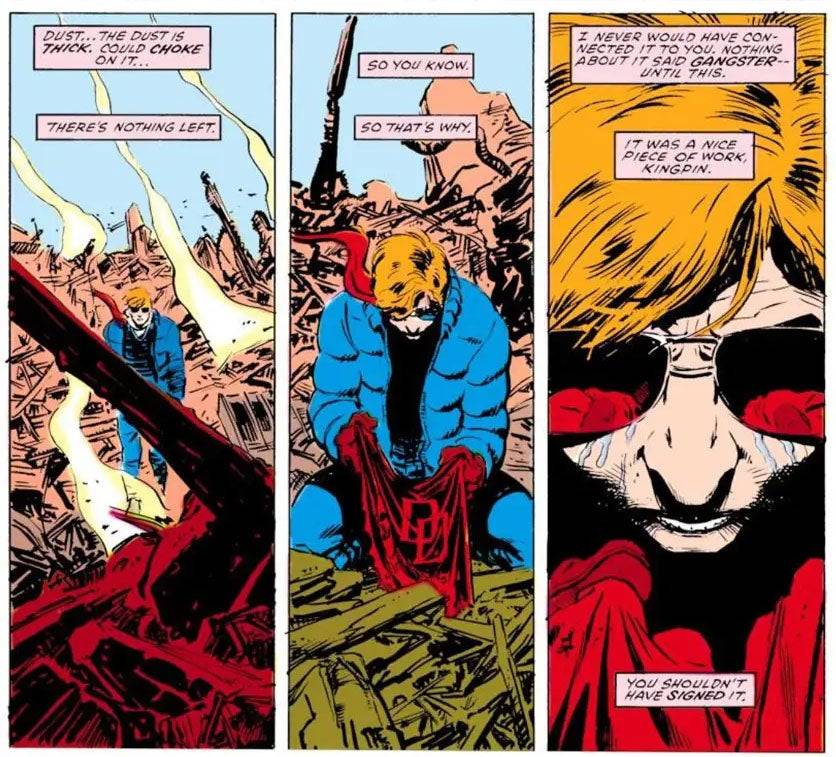 Daredevil: Born Again
Daredevil: Born Again
Simultaneously, Walt Simonson's work on Thor, starting with issue #337 in 1983, introduced Beta Ray Bill, an alien worthy of wielding Mjolnir. Simonson's tenure revitalized Thor's mythic fantasy essence, culminating in the year-long Surtur Saga (#340-353). Here, the fire demon Surtur plots to initiate Ragnarok using the Twilight Sword, sending Malekith the Accursed to distract Thor. The saga reaches its climax with Thor, Loki, and Odin united against Surtur. Elements of this epic were later incorporated into Thor: The Dark World and Thor: Ragnarok.
Secret Wars Changes Comics Forever
In Part 4 of this series, we explored how the 1973 Avengers/Defenders War foreshadowed the event crossovers that would dominate Marvel and DC's output. The shift fully materialized with the 1984 release of Secret Wars, a 12-issue miniseries conceived by then Editor-in-Chief Jim Shooter and illustrated by Mike Zeck and Bob Layton. Born from a marketing partnership with Mattel, the story involves the cosmic entity the Beyonder teleporting Marvel's heroes and villains to Battleworld to determine the supremacy of good or evil. While popular for its scale and influence, Secret Wars has been critiqued for its lack of depth, particularly in character development outside of Doctor Doom. Despite these shortcomings, its success spawned a sequel, Secret Wars II, and alongside DC's Crisis on Infinite Earths, it established the event model as a staple in comic publishing.
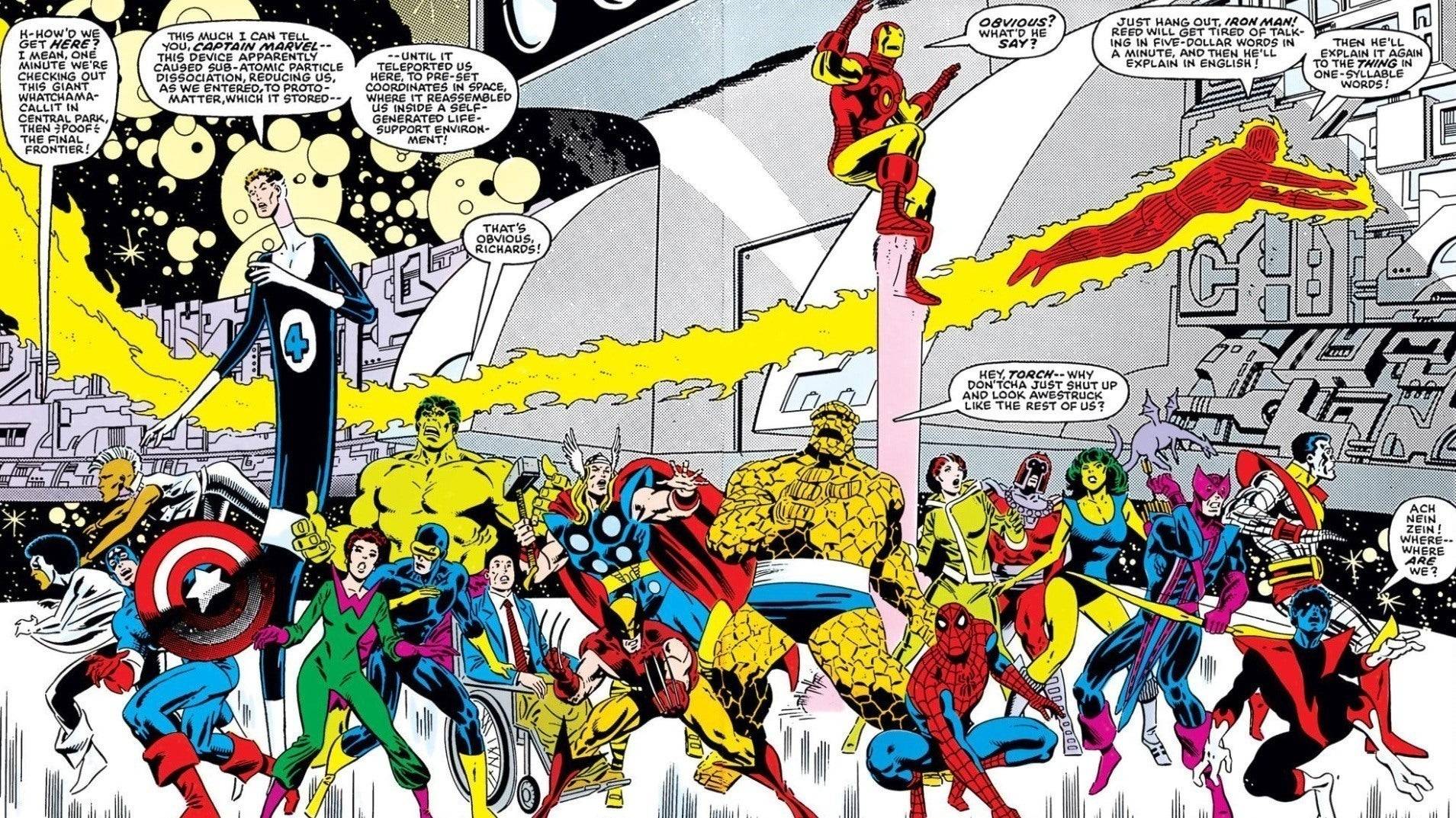 Secret Wars #1
Secret Wars #1
Spider-Man’s Symbiote Suit and Other Iconic Spidey Stories
Following the foundational runs by Stan Lee and Gerry Conway, Roger Stern brought renewed vigor to Amazing Spider-Man starting with issue #224. His tenure saw the introduction of the Hobgoblin in #238, quickly becoming one of Spider-Man's most formidable adversaries. Though Stern's original Hobgoblin arc was cut short upon his departure after #251, he later returned to resolve the storyline in the 1997 miniseries Spider-Man: Hobgoblin Lives. Concurrently, Amazing #252 introduced Spider-Man's black symbiote costume, which debuted on Battleworld during Secret Wars #8. This costume became iconic, spawning numerous adaptations and leading to the emergence of Venom. Another significant story from this period is The Death of Jean DeWolff in Spectacular Spider-Man #107-110, where Spider-Man confronts the Sin-Eater, marking one of his darkest tales.
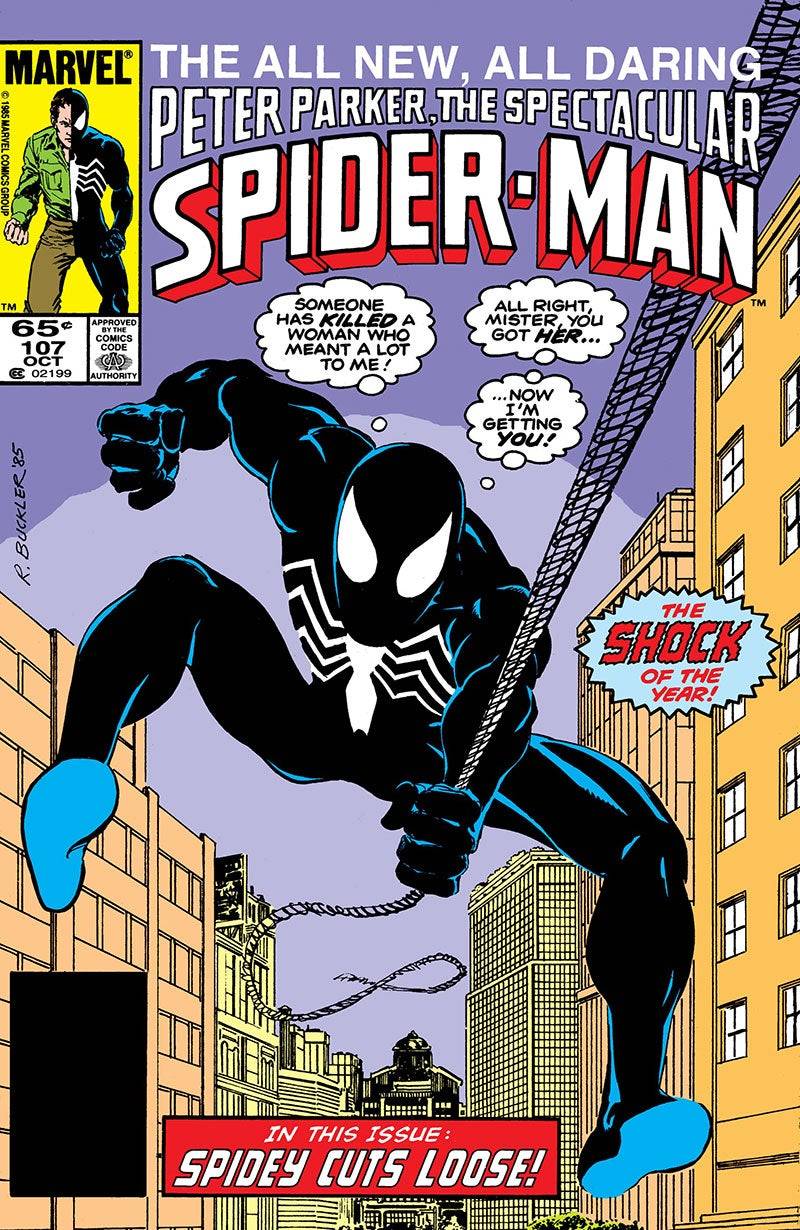 Spectacular Spider-Man #107
Spectacular Spider-Man #107
Jean Grey Returns, the Rise of Apocalypse, and Other Mutant Landmarks
The mid-1980s were also transformative for the X-Men. Vision and the Scarlet Witch #4 confirmed Magneto as the father of Quicksilver and Scarlet Witch, a retcon that held for decades. X-Men #171 saw Rogue's pivotal shift from villain to hero, becoming a beloved figure in the X-Men universe. Magneto's trial in X-Men #200 led to his leadership of Xavier's School, marking his transition to a more heroic role. Jean Grey's resurrection in Avengers #263 and Fantastic Four #286, conceived by Kurt Busiek, led to the formation of X-Factor with the original X-Men members. X-Factor #5-6 introduced Apocalypse, an ancient mutant who became a central antagonist in the X-Men saga, influencing various media adaptations.
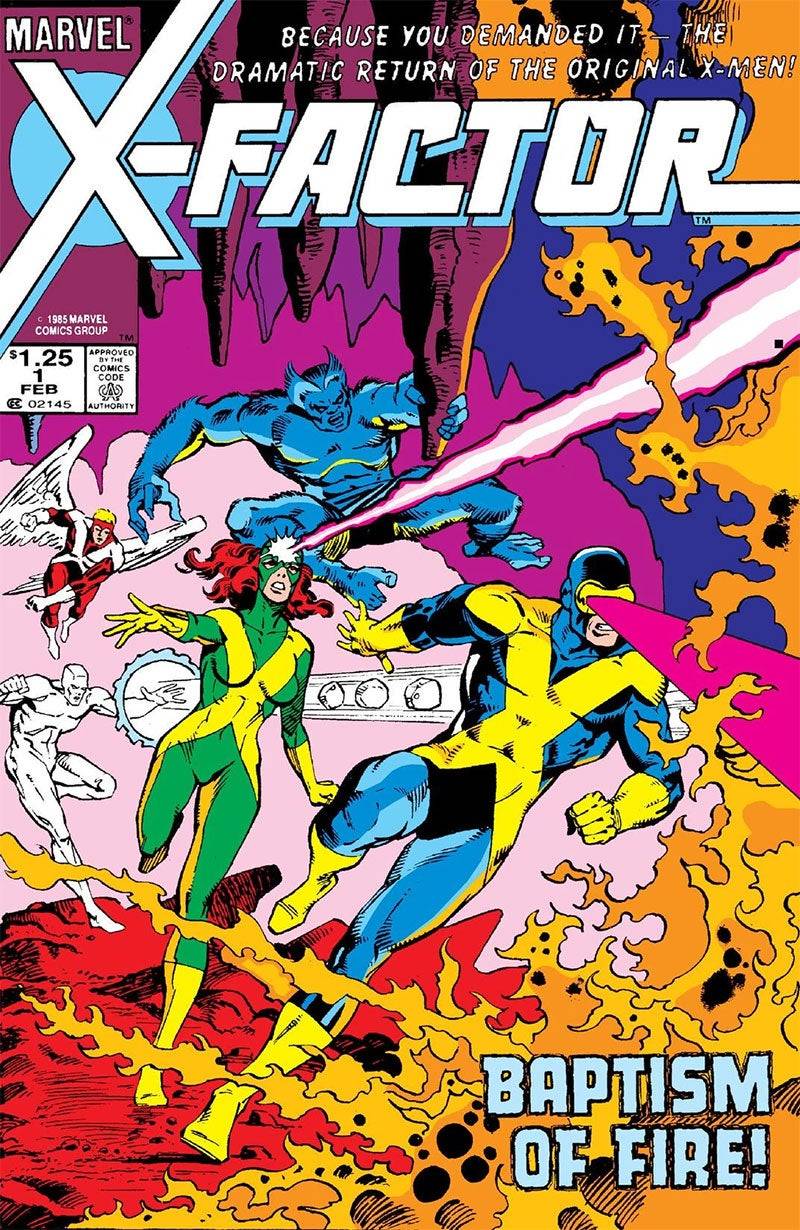 X-Factor #1
X-Factor #1
-
Make Starlight Island your personal paradise with full customization optionsMemory Island acts as the welcoming area for new Starlight Island visitorsMeet the newest addition: Special Marshmallow Bunny CookieCookie Run: Kingdom welcomes summer with aAuthor : Aurora Nov 14,2025
-
Video games should deliver enjoyment and satisfaction to players. This emotional fulfillment often comes from stunning visuals, engaging narratives, unique gameplay elements, or even promotional rewards like redeemable codes.Zenless Zone Zero (ZZZ) fAuthor : Noah Nov 14,2025
-
 Bubble WorldsDownload
Bubble WorldsDownload -
 Jackpot Slot GameDownload
Jackpot Slot GameDownload -
 Original SlotsDownload
Original SlotsDownload -
 4 картинки - Угадай словоDownload
4 картинки - Угадай словоDownload -
 Thot on TrialDownload
Thot on TrialDownload -
 Tabula -Tabu Kelime Oyunu 2024Download
Tabula -Tabu Kelime Oyunu 2024Download -
 โดมิโน่สยาม - Domino SiamDownload
โดมิโน่สยาม - Domino SiamDownload -
 Lucky SurpriseDownload
Lucky SurpriseDownload -
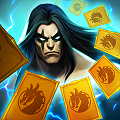 Aftermagic - Roguelike RPGDownload
Aftermagic - Roguelike RPGDownload -
 Fruit Memory by Beat the OddsDownload
Fruit Memory by Beat the OddsDownload
- Black Ops 6 Zombies: How To Configure The Summoning Circle Rings on Citadelle Des Morts
- Harvest Moon: Lost Valley DLC and Preorder Details Revealed
- Roblox: Latest DOORS Codes Released!
- Silent Hill 2 Remake Coming to Xbox and Switch in 2025
- Roblox: Blox Fruits Codes (January 2025)
- Roblox: Freeze for UGC Codes (January 2025)




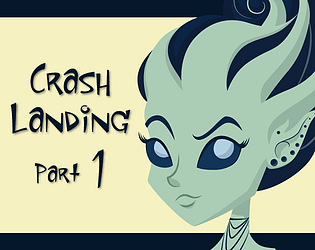



![Taffy Tales [v1.07.3a]](https://imgs.ehr99.com/uploads/32/1719554710667e529623764.jpg)




